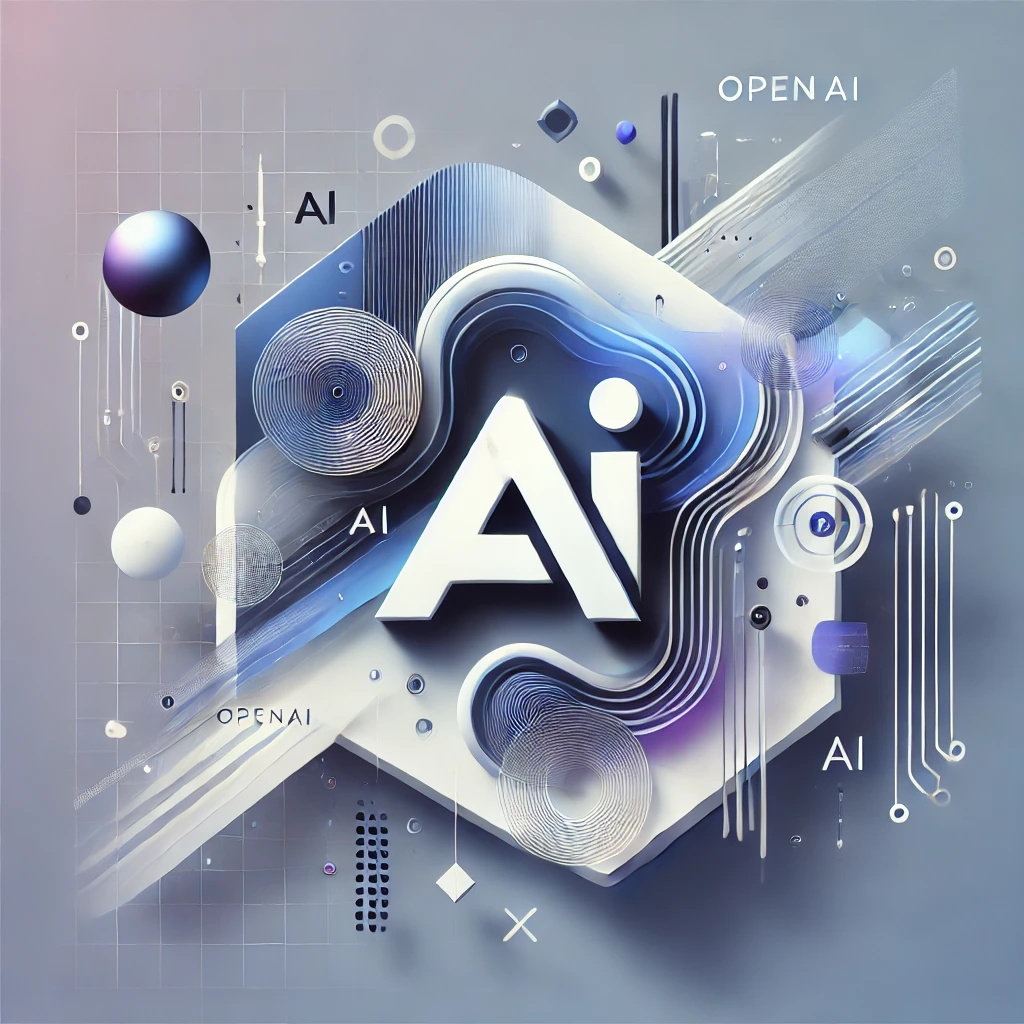On February 5, OpenAI announced a rebranding effort that includes refinements to its logo design and the transition to its original font, “OpenAI Sans.” While the changes are subtle, they clearly demonstrate an intention to enhance design consistency, particularly in terms of logo shape and font unification. What is particularly interesting is that, despite being an AI company, these design changes were primarily led by human designers.
Design Consistency and Brand Maturity
OpenAI’s internal design team has described their previous design approach as “ad hoc” and lacking consistency. This may have reflected the flexibility and trial-and-error nature of a startup in its early stages. However, in recent years, OpenAI has rapidly expanded, with the success of ChatGPT making it widely recognized among general consumers. As companies grow, the need for a unified brand image naturally becomes more pressing.
This shift mirrors the approach taken by companies like Apple and Google, which have repeatedly refined their logos to establish a consistent brand identity. For tech companies in particular, balancing “trustworthiness” and “approachability” through design is crucial. The concept behind OpenAI Sans—merging “precision” with “warmth”—aligns with this intent.
The Role of AI in AI Companies’ Design Process
In this rebranding, AI tools such as ChatGPT, DALL·E, and Sora were used as “thought partners,” but the actual design decisions were made by human experts. This serves as an intriguing example of how AI can participate in creative processes.
AI can assist in aspects of design and expand a designer’s inspiration, but the ultimate “judgment” and “cohesion” of a brand’s visual identity remain responsibilities best handled by humans. By making this stance clear, OpenAI demonstrates its integrity as a company advancing AI technology.
The Direction OpenAI’s Rebranding Suggests
This rebranding effort goes beyond a simple design refresh—it likely reflects OpenAI’s corporate culture and future direction. Notably, the company aims for a “more organic and human-centric” design, suggesting a focus on coexistence and harmony between AI and humans as technology continues to evolve.
AI technologies, including ChatGPT, are becoming increasingly integrated into daily life. As a result, it is a natural progression for AI companies to shift their brand design from a “cold, mechanical image” to one that feels “warmer and more approachable.” This transformation parallels Google’s adoption of Material Design and Apple’s transition to flat design.
Conclusion
OpenAI’s rebranding signifies its evolution from a mere technology development company into a broader, more influential brand. Additionally, it raises important questions about how AI should be utilized in design and who should make the final decisions.
Through this shift, the role of AI in the future of design may become clearer. Moving forward, it will be exciting to see new design possibilities emerge from collaborations between AI and human creativity.
